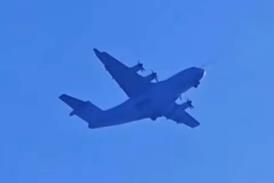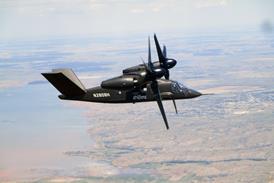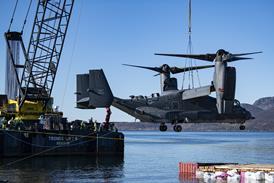Investigators have been left attempting to explain why the crew of Air France flight AF447 failed to recover the Airbus A330 from a high-altitude stall, a predicament which has been the subject of a recent revision of safety procedures.
The revision concentrates on placing greater emphasis on reducing excessive angle of attack - the critical characteristic of a stall - rather than the classical approach of training pilots to power their way out of a near-stall with minimum loss of altitude.
A formal document detailing the rationale for the revision points out: "There have been numerous situations where flight crews did not prioritise [nose-down pitch control] and instead prioritised power and maintaining altitude."
Operational experience has shown that fixating on altitude, rather than the crucial angle of attack, can result in an aircraft stalling.
French investigation agency Bureau d'Enquetes et d'Analyses has disclosed that the crew of AF447 maintained nose-up input despite the onset of a stall, but has yet to determine the reason or reach any conclusions.
After receiving a stall warning AF447's crew set the A330's thrust to take-off/go-around power, in line with Air France's standard operating procedure at the time. The procedure also required the crew to reduce pitch attitude, roll the wings level and ensure the speedbrake was retracted.
The revised recovery procedure was agreed between the major airframers, including Airbus and Boeing, some 12 months after the loss of AF447, although a source familiar with the investigation stresses that the change was "not prompted" by the accident.
At the heart of the revision is an acceptance that classical high-power recovery is not appropriate for every stall condition.
Simply applying maximum thrust could be ineffective in reducing the angle of attack and averting a stall, particularly at cruise altitudes where the available thrust would be limited and the engines would require time to spool up.
There is also a risk that the crew might fail to recognise that the aircraft has crossed the threshold from a near-stall into an actual stall, and continue to apply a recovery technique which is no longer effective.
The new procedure is designed to cover all stall conditions. It recognises that recovering the angle of attack might instead require a reduction of thrust, to regain pitch-down authority, as well as a loss of altitude.
It removes the need to prioritise take-off/go-around thrust in favour of restoring lift to the wing by reducing angle of attack. The procedure also points out that thrust should be re-applied smoothly, particularly because aircraft with under-wing engines have a tendency to pitch up, increasing the angle of attack, when power is applied.
Source: Air Transport Intelligence news























